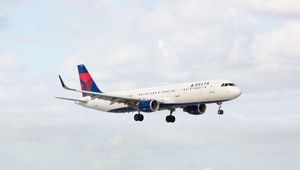A novel method leveraging improved ResNet architecture has been proposed to evaluate fault degrees within aircraft hydraulic systems, marking a significant advancement in aviation safety protocols.
The hydraulic system is pivotal to aircraft functionality. Failing hydraulic systems have been implicated in approximately 30% of all mechanical failures within aircraft, often complicate maintenance efforts, and pose safety hazards.
The development of the improved fault evaluation method was reported by researchers from unspecified institutions, highlighting the urgency to improve detection techniques.”The method proposed in this paper has effective measures to improve the reliability of the aircraft hydraulic system,” the authors noted.
The research utilized simulation modeling via AMESim to replicate normal and faulty hydraulic conditions. A total of five distinct faults, including pump oil leakage, were critically examined, leading to definitions of three fault degrees: minor failures, ordinary failures, and serious failures. Each fault underwent rigorous testing, highlighting the complexity of the hydraulic systems and emphasizing the significance of effective fault diagnosis.
A seamless innovation was introduced with SE-ResNet architecture, enhancing existing ResNet methods by integrating Squeeze-and-Excitation Networks (SENet). This innovation aims to boost the accuracy of fault classification and assessment.
The evaluation results showcase the SE-ResNet model’s superior accuracy rate of 98.39%. “Each kind of the faults has 3 kinds of fault degree,” reveals the research, underscoring the method’s capability to classify fault types efficiently and accurately determine their severity.
Through systematic testing and validation, the findings suggest this proposed model could serve as integral to enhancing safety protocols across aviation. The research demonstrates the efficacy of this method, potentially revolutionizing the maintenance strategies employed within the industry.
Looking forward, the authors suggest probing future directions to manage data imbalance issues noted during the research process.



